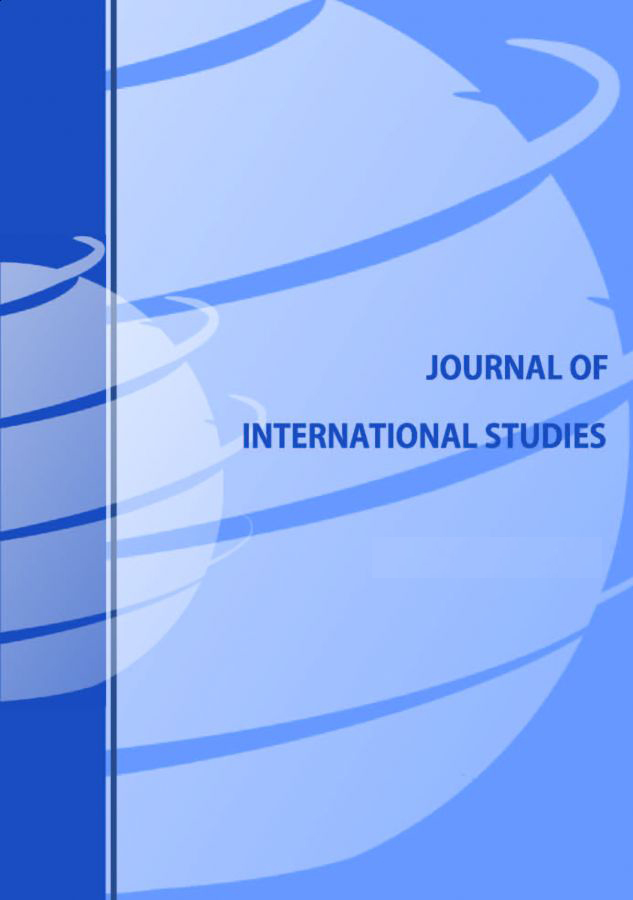ENDOGENEITY OF MONEY: THE CASE OF СZECH REPUBLIC
ENDOGENEITY OF MONEY: THE CASE OF СZECH REPUBLIC
Author(s): Liběna ČernohorskáSubject(s): National Economy, Economic policy, Financial Markets
Published by: Fundacja Centrum Badań Socjologicznych
Keywords: Czech Republic; endogeneity of money; GDP; Granger causality test; M3; money base;
Summary/Abstract: The goal of this paper is to specify the trends of money supply in Czech Republic. This will allow us evaluate the current approach taken by the Czech National Bank in its monetary policy. To determine money’s endogeneity, we have analyzed time series for the M3 monetary aggregate, the monetary base, GDP, and loans. As part of the analysis, we have worked with quarterly data from the 1st quarter of 1996 to the 2nd quarter of 2017. We determined the optimal lag time for the time series using the Hannan-Quinn information criterion. Next, we have analyzed the stationarity of the time series using the Dickey-Fuller test. We have further tested the stationary time series with the Engle-Granger test. Testing long-term relationships using the Engle-Granger cointegration test between the money supply (expressed by the M3 monetary aggregate) and both GDP and loans, and then between the money base and loans did not confirm long-term relationships between the values examined. Therefore, we can consider the money supply in Czech Republic to be endogenous. Two-way causal relationships between M3 and both GDP and loans as well as between the monetary base and loans was confirmed using the results of Granger causality testing as a basis.
Journal: Journal of International Studies
- Issue Year: 11/2018
- Issue No: 4
- Page Range: 155-168
- Page Count: 14
- Language: English

